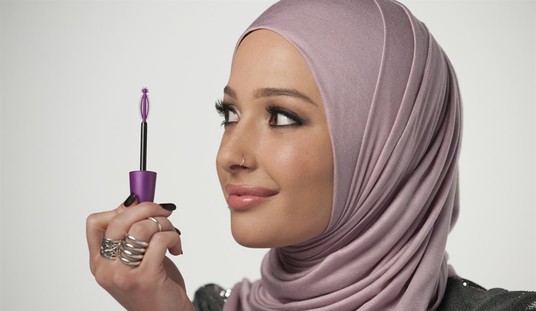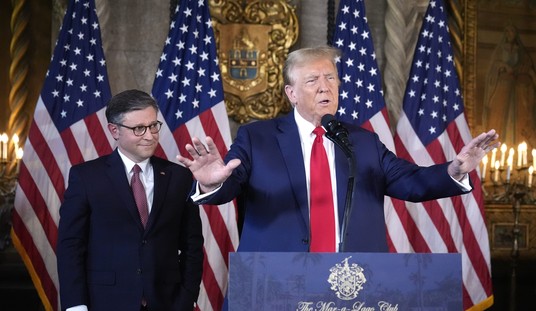A group of political science eggheads from Yale University and Koç University (in Istanbul) have published a “study” in the Washington Post which claims to show how wildly uninformed Donald Trump supporters are compared to Hillary Clinton supporters. The focus is on the unemployment rate and Trump supporters are more likely to say unemployment is higher than the government’s official figures. Shocking. Only a rube would question the veracity of a government agency, right?
As part of a study of political participation, on Oct. 19-22 we interviewed a group of 1,000 American adults who are unemployed. We asked them what the country’s current unemployment rate is and, in a separate question, how high the unemployment rate is on a five-point scale, from “very low” to “very high.”
Trump supporters were significantly more likely to say the rate was high. They also grossly overestimated the unemployment rate. When asked what the current unemployment rate is, by far the largest number of them chose the highest answer we offered — “15 percent or higher.” Fifteen percent is triple the rate reported by the Bureau of Labor Statistics for September of this year.
The official unemployment rate underestimates the actual rate—the rate which takes into account the discouraged people who have left the workforce—by the same amount as these Trump supporters “grossly overestimate” it. Is the official unemployment number a “gross underestimation?” The fact that the official unemployment rate doesn’t take into account the changes in the labor participation rate makes it a rather arbitrary standard for comparison. Even Bernie Sanders concedes that real unemployment is around 10%. Yet the political scientists use the government’s 5% figure as a real measurement in order to emphasize their undoubtedly preconceived notion that Trump supporters are less informed than their Democrat counterparts.
It is possible that Trump supporters come from communities and regions where unemployment is especially widespread; their views of the national jobs situation might be colored by these local conditions. Though it is noteworthy that the impact of additional factual information about the national rate did not move their perceptions much.
They also may come from those backward communities where people cling to guns and religion and you can’t buy French bread or Brie.
We saw this when we exposed some of our respondents to informative statements about the unemployment rate. One randomly selected subset of our sample read the following text: “The most widely reported [unemployment] rate is around 5 percent, but this doesn’t take into account people who have given up on finding a job. When these people are included, the rate nearly doubles, to around 10 percent.” They then were asked the questions about the unemployment rate.
The eggheads think that reading this text before being asked a question is scientifically significant. They appear to presume that they are interviewing empty vessels who don’t know anything other than what they are being told in this study.
Trump supporters were not particularly moved by this discouraged-worker framing. The number of Trump supporters choosing the highest rate was approximately the same in the discouraged-worker treatment group as in the control group, where respondents were simply asked what the current unemployment rate is, with no framing.
Surprisingly, the lab monkeys seemed to have an opinion formed by more than just what we told them.
The highest rate of gross overestimation was among Trump supporters exposed to a different experimental framing. People in this blame treatment were told that “rather than being a purely economic issue, unemployment is mainly a political issue — so if the level of unemployment is high and there are lots of people who lost their jobs, politicians and the government share much of the blame.”
Of this group, a whopping 45 percent of Trump supporters cited the top figure. This means that close to half of the Trump supporters who were primed to blame politicians for bad labor-market outcomes saw the unemployment rate as three times what it currently is, or higher. The corresponding figure for unemployed Clinton supporters was 26 percent.
So, you’re telling us that people who support Trump don’t trust the government as much as people who support the woman who has for thirty years been a poster child for big government corruption? That’s fascinating. And you get paid to do this sort of study?
How should one interpret these findings? Are struggling Americans who overestimate the nation’s economic woes drawn to Trump, whereas those who are also struggling but who have more accurate assessments are drawn to Clinton?
Should we phrase our obvious assertion as a question in order to pretend that we’re being objective and scientific?
Whatever the mix of facts, partisanship, candidate loyalty, and anger, many down-on-their-luck Trump supporters who heed his call to “make America great again” are people who overstate the distance between here and greatness.
And what better way to wrap the whole thing up than by extending a sketchy study about unemployment numbers to all the problems facing America? Science!













Join the conversation as a VIP Member